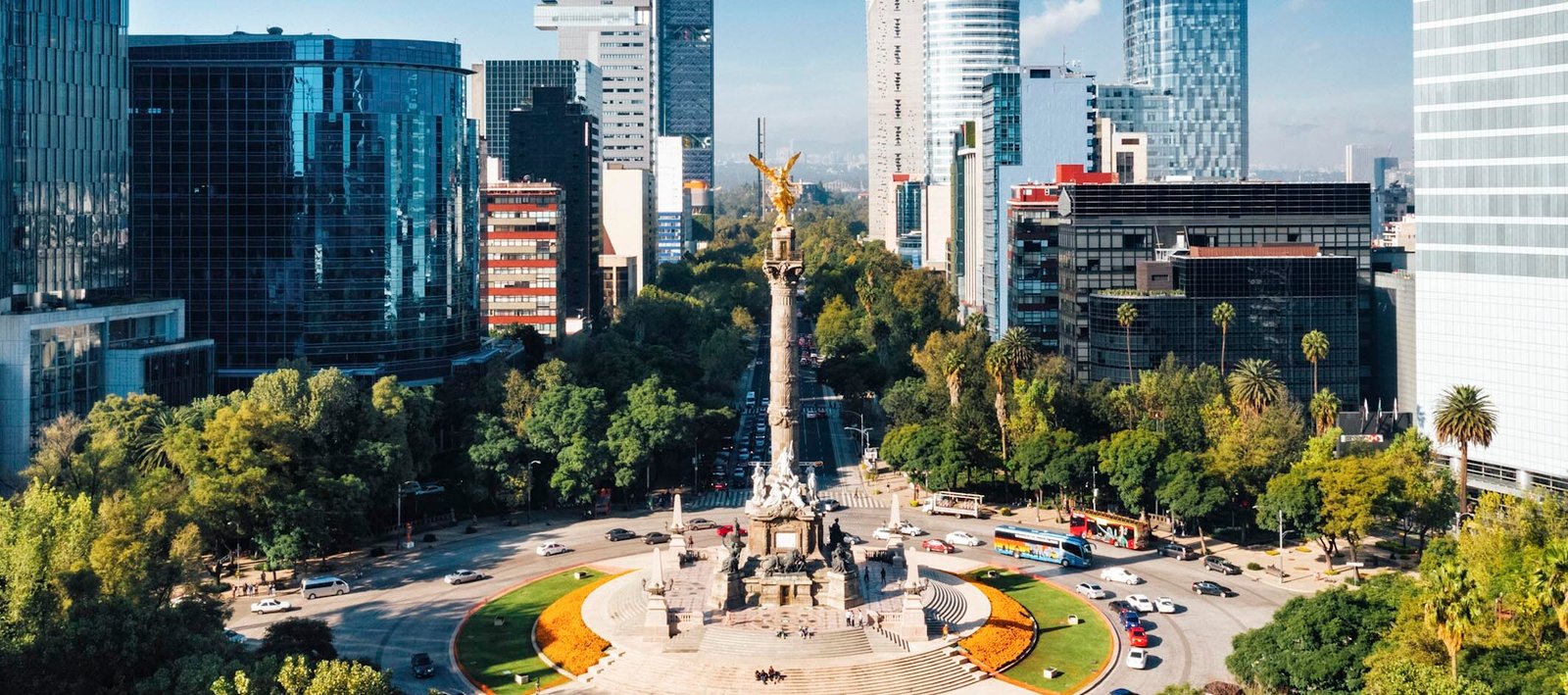
24 hours in Ciudad de México
What can you do in so little time in such an immense city, where there is so much to see and enjoy? We have boldly chosen some must-sees for brief visits to Mexico City.
By Daniel Góngora
Photos: Getty Images
8:00 A.M.
Catedral Metropolitana
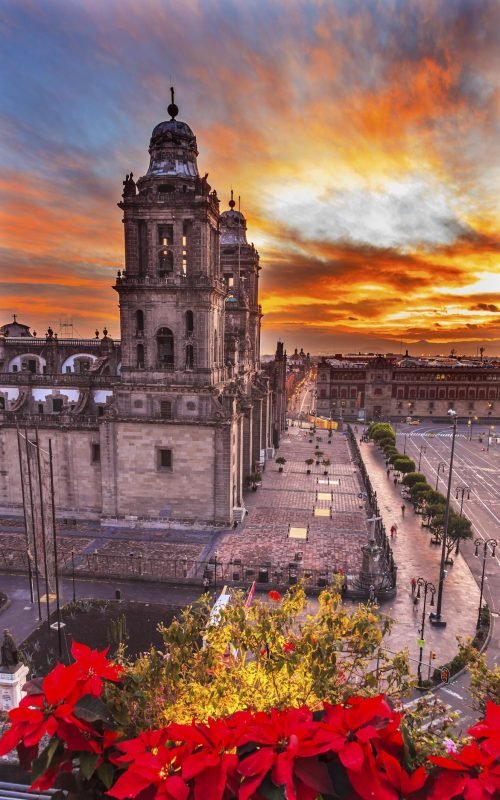
The splendid Metropolitan Cathedral lines one side of the Zócalo (Constitution Plaza); it takes pride in being the largest cathedral in Latin America. The floors, walls, towers, and ceilings represent various architectural styles, from Renaissance to Neoclassical. The cathedral dates back to 1524, when Hernán Cortés, in an act of great symbolic significance, laid the foundation of the cathedral – using stones from the demolished Great Temple of Tenochtitlan – at the crossroads leading to the spiritual heart of the Aztec capital. The building is in the form of a Latin cross, with the three main doors facing the Zócalo. The center entrance is the jubilee door, which is opened only on special occasions.
9:00 A.M.
Palacio Nacional

A five-minute walk across the Zócalo will take you from the Cathedral to the National Palace, Mexico’s seat of Presidential power. Erected in the 16th century on the ruins of Moctezuma’s palace, the interior showcases Diego Rivera murals that depict the history of Mexico from pre-Hispanic times to the 20th century. A further ten-minute stroll and you’ll be at San Ildefonso College, the cradle of muralism. This lovely Baroque structure is home to Diego Rivera’s first mural: The Creation, painted in 1921.
11:30 A.M.
Museo Nacional de Antropología
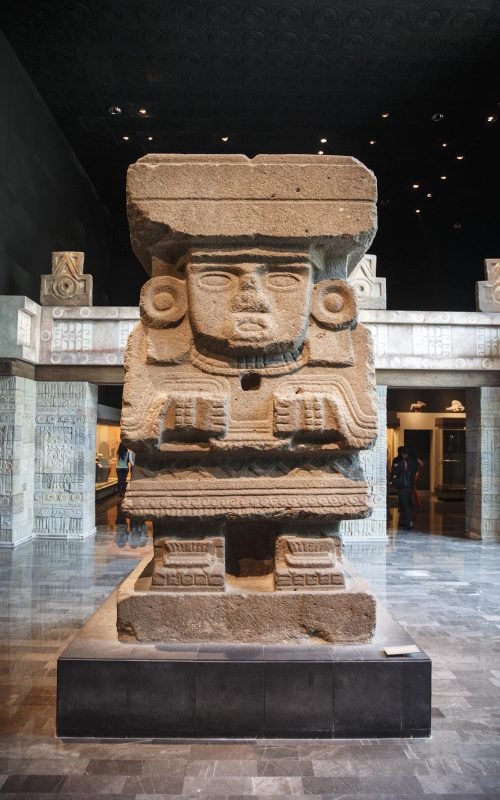
You’ll need a taxi (15 minutes) to reach the largest and most majestic museum in Latin America. Visitors enter under the Paraguas (Umbrella), an inverted fountain that is a nod to the watery landscape that gave rise to Mexican culture. The central patio is surrounded by two floors of exhibition halls: the eleven rooms on the first floor contain archeological exhibits, while the eleven on the second floor feature ethnography. The Mexica Room in the back houses the jewel of the museum’s collection: the Sun Stone. Since touring all 22 exhibition halls would be a tall order, the most significant are the Teotihuacan, Mexica, and Maya Rooms.
3:00 P.M.
Castillo de Chapultepec
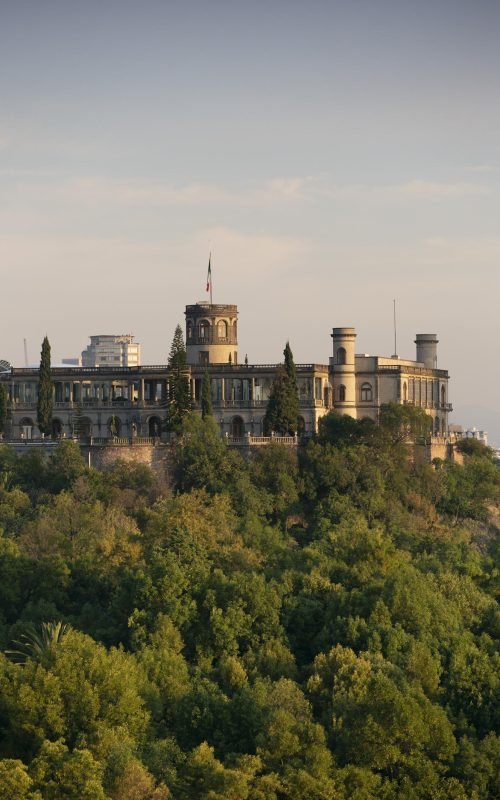
A ten-minute taxi ride from the Museum of Anthropology deposits you at the top of the forested hill in enchanting Chapultepec, which was a retreat for Aztec emperors in pre-Colombian times. In 1780, viceroy Matías Gálvez began building a royal castle on the highest point of this green lung, and the Habsburg Emperor Maximilian, captivated by the views of the Valley of Mexico, moved into the castle in 1860. He beautified the castle with gardens and sophisticated interior design, and he connected it to the city’s Historic Center via a Parisian-style boulevard now known as Paseo de la Reforma. The castle was home to the Presidents of Mexico until 1940, when Lázaro Cárdenas donated it to the nation so it could become the National Museum of History.
Torre Latinoamericana
6:00 P.M.
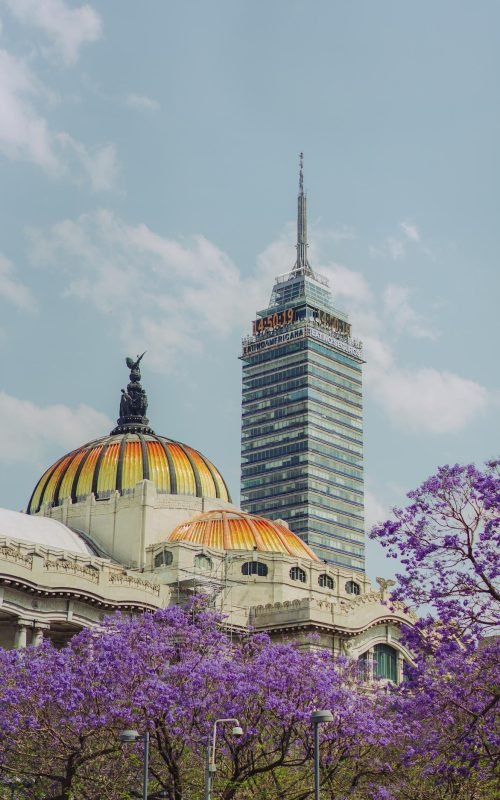
Back in the Historic Center, you really shouldn’t miss this iconic building constructed in 1956; it was the tallest in Latin America (44 floors, 594 feet high) until 1972. It drew the world’s attention for resisting a powerful earthquake in 1957; in 1985, it also survived an 8.1 magnitude earthquake that lasted two minutes. The tower houses the Museum of Mexico City and the Bicentennial Museum. The Miralto restaurant on the 41st floor features a sweeping panoramic view.
Palacio de Bellas Artes
8:00 P.M.
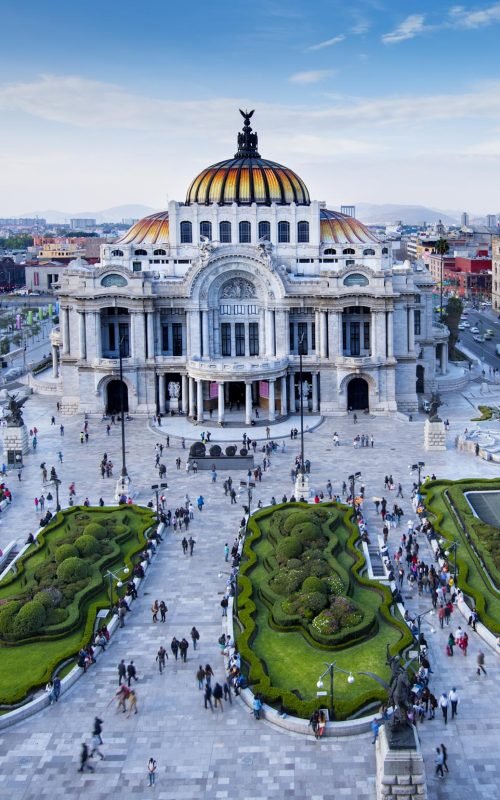
Mexico’s greatest forum for art and culture, the Palace of Fine Arts, sits on the other side of the street. The sumptuous architecture harmoniously and elegantly blends two seemingly incompatible styles: art nouveau outside and art déco inside. Construction began in 1904 under Italian architect Adamo Boari, who was tapped to design a new national theater in honor of the 100th anniversary of independence. The interior walls were decorated by the most prominent Mexican muralists: Diego Rivera, David Alfaro Siqueiros, José Clemente Orozco, and Rufino Tamayo.
Café de Tacuba
10:00 P.M.
No more than an eight-minute walk from Bellas Artes brings you to this iconic cafe-restaurant located on Tacuba St. in the Historic Center. This is another spot you can’t miss. The eclectic decor brings together murals, paintings, pictures, and cornices, all indescribably beautiful. These features were part of the original building before the cafe opened its doors in 1912. At the time, the old mansion was inhabited by nuns who cared for the sick at a downtown hospital. The perfectly-preserved site has been a favorite haunt of bohemians, actors, and politicians for more than one hundred years. Famed Mexican alternative rock band Café Tacvba took its name from this iconic café.

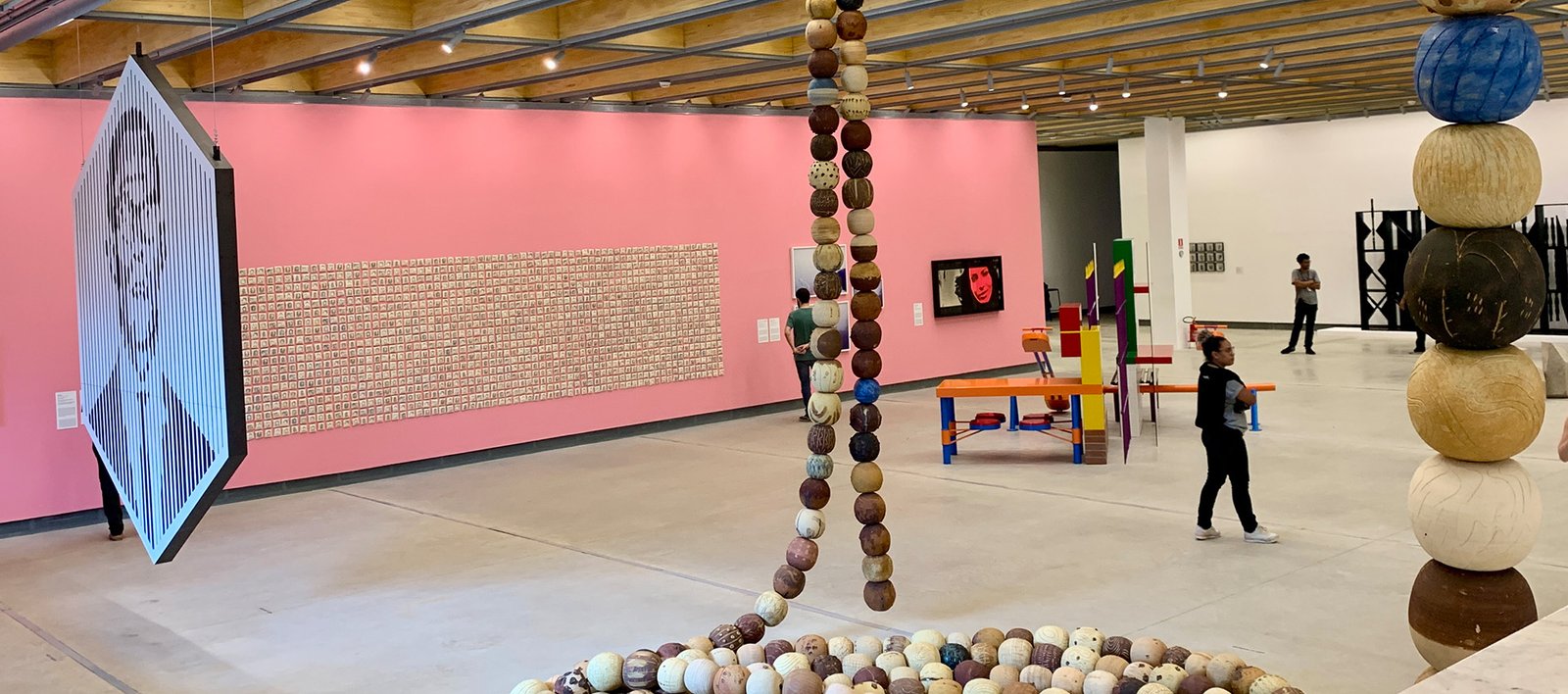
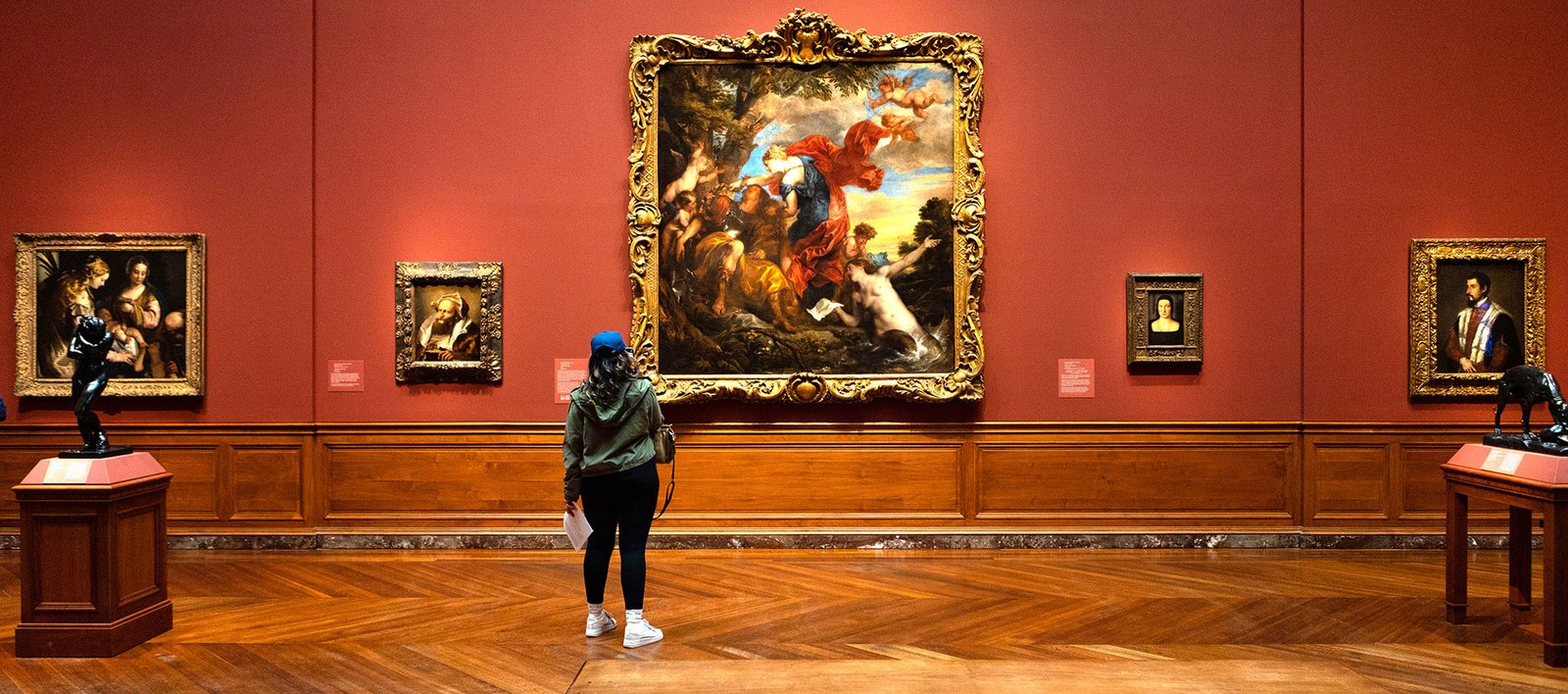
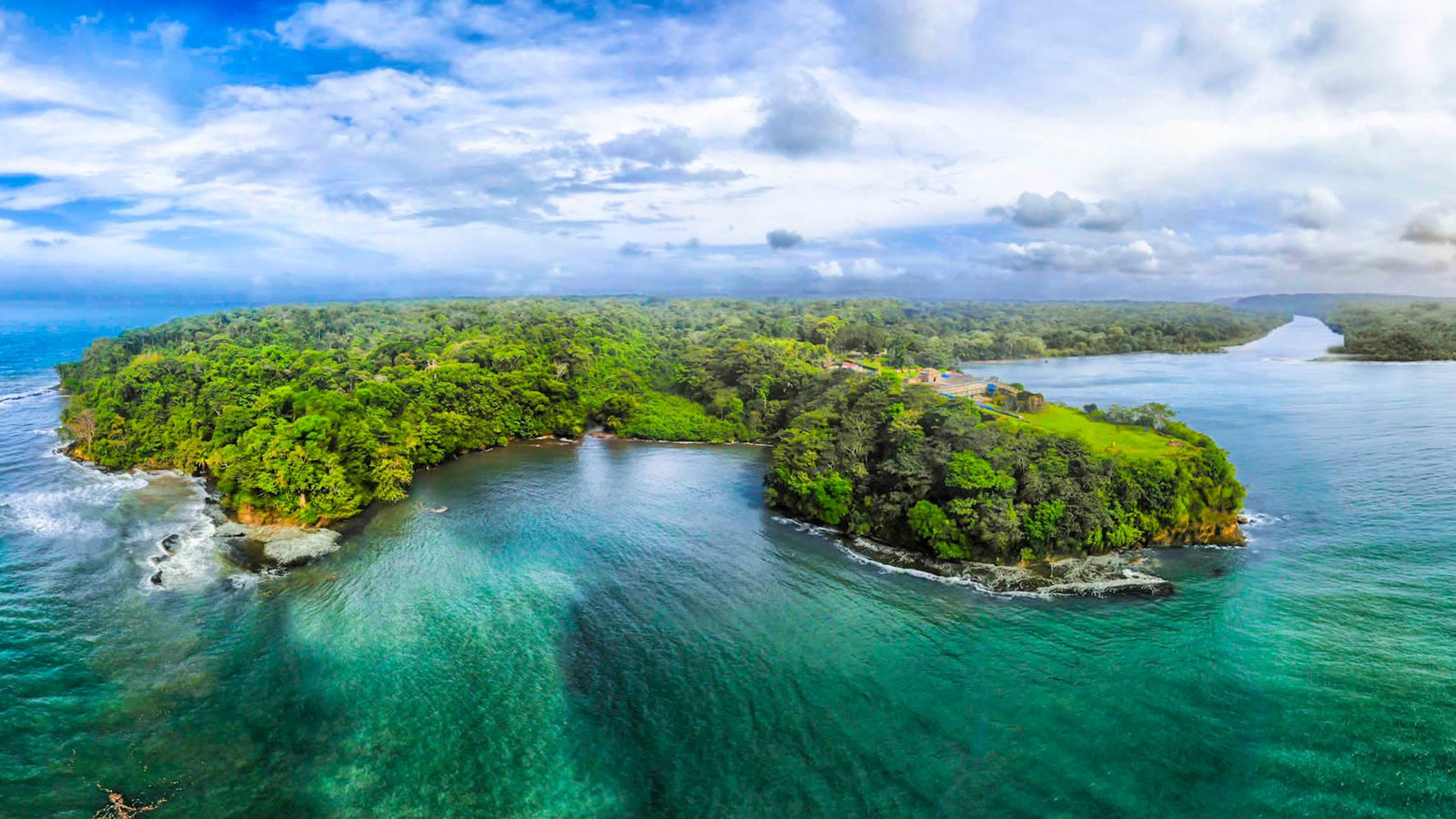
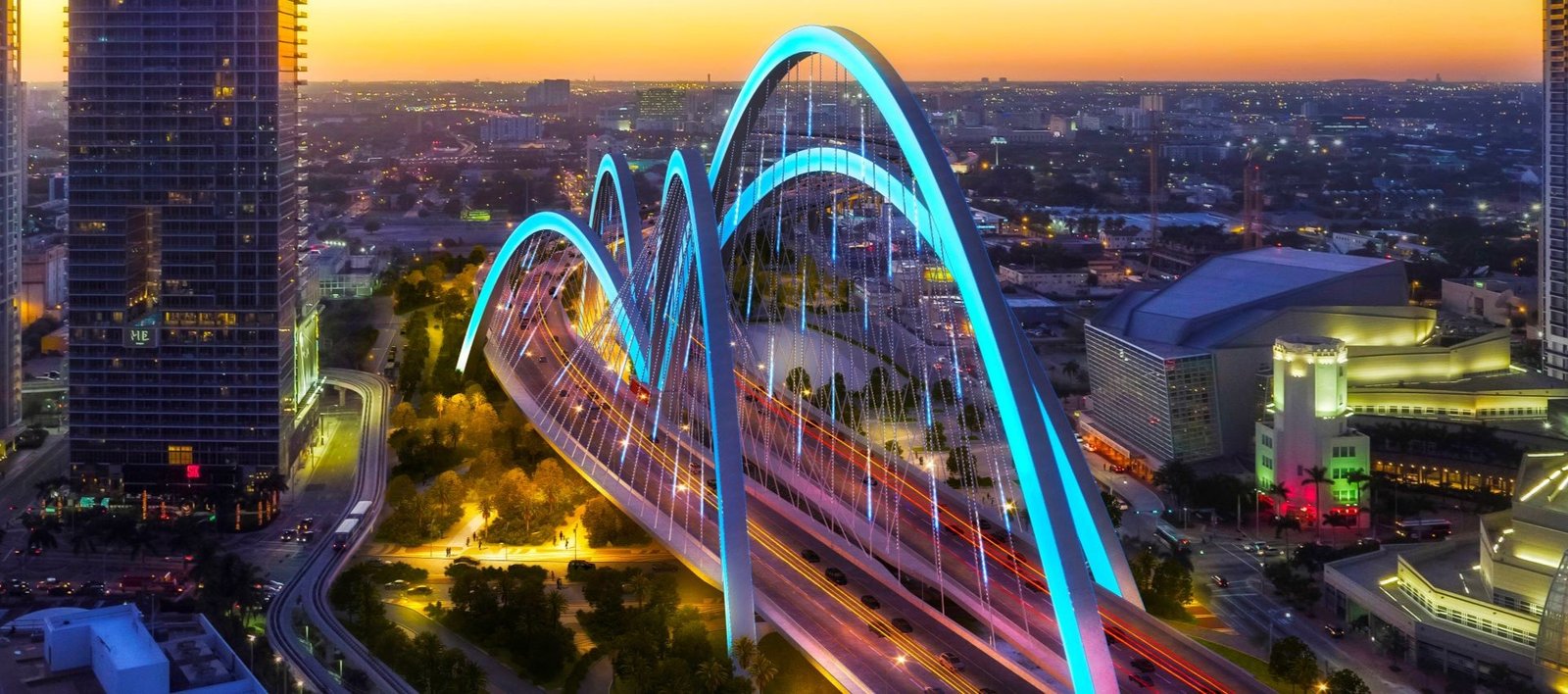
Leave a Reply